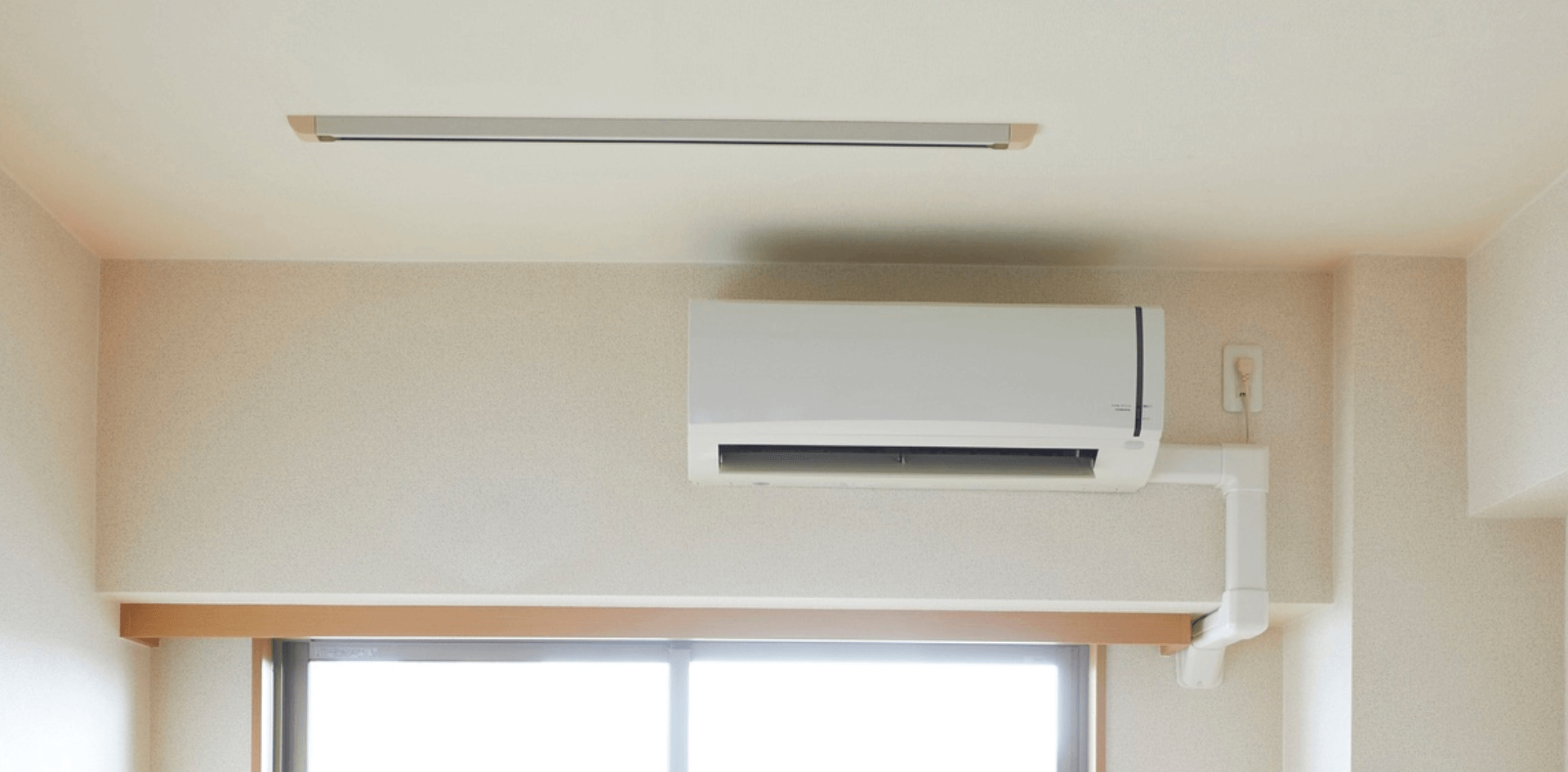When the A/C kicks on, the first thing you should notice is the cool, clean air—not a musty smell.
But in many homes, air conditioning systems recirculate more than just temperature-controlled air. They also spread the smells that get trapped in vents, filters, and ducts.
If you're dealing with a home that smells less-than-fresh every time the air turns on, you've come to the right place. We're going to break down exactly what causes HVAC odors, where they tend to build up, and how to choose a plant-powered air freshener that works with—not against—your airflow.
In this article, we’ll explore the causes of common HVAC-related smells and how Azuna’s naturally fresh, tea tree oil-based solutions help neutralize odors at the source without heavy perfumes or harsh chemicals.
Why Odors Can Travel Through Your Air Conditioner
Air conditioners work by pulling in air from your home, cooling it, and then redistributing it through a system of vents and ducts.
While this circulation process is efficient for temperature control, it also means that odors—especially those from pets, cooking, bathrooms, or damp areas—can travel just as easily.
Smells get drawn into the return vents, move through the ductwork, and re-enter rooms, often stronger than before.
Central HVAC systems amplify this issue because they’re designed to cover multiple zones, spreading scent from one isolated source throughout the entire home.
If a stale or unpleasant odor is caught in the system, it doesn't stay contained—it follows the airflow. That’s why surface-level sprays don’t solve the problem.
Effective odor control in air-conditioned spaces must work in tandem with your air circulation, not against it, addressing the scent at its source and supporting freshness throughout the entire system.
Common Smell Triggers in Your HVAC System
Moisture Buildup and Stale Air
Condensation in your air conditioning system can create a damp environment.
Over time, this moisture can lead to musty or stale-smelling air. The result is an environment where odors stick around longer and become harder to manage.
Pet Hair, Dust, and Everyday Airborne Particles
Homes with pets or high foot traffic tend to circulate more airborne debris.
Hair, dander, and dust can settle into filters and vents, contributing to odor buildup. If your HVAC system hasn’t been cleaned in a while, it could be recirculating more than just cool air.
Odors from Kitchens, Bathrooms, and Basements
Cooking, humidity, and enclosed spaces all create strong odors that can be drawn into the ventilation system.
Once inside, these scents can move through ducts and linger far beyond their source. That’s where a whole-home odor solution becomes essential.
What to Look for in an Air Conditioner-Safe Freshener
A good HVAC-compatible air freshener should be long-lasting, low-maintenance, and safe for air circulation.
It shouldn’t interfere with airflow or coat vents with sticky residue. Instead, look for passive air fresheners made from plant-powered materials that release a subtle scent and neutralize odors continuously.
Avoid heavily scented sprays or anything that can clog filters or overwhelm shared spaces.
A Passive, Plant-Based Option for Whole-Home Freshness
Why Azuna’s Products Are Ideal for Air Circulation
Azuna air fresheners are formulated with natural tea tree oil and designed to work quietly in the background.
Unlike sprays or plug-ins, Azuna’s products don’t release heavy bursts of fragrance. They provide a more natural alternative to toxic fresheners by neutralizing odors instead of masking them.
This makes them a great fit for homes with central air or zoned HVAC systems where freshness needs to reach multiple rooms at once.
One of our top choices is the Luxe Glass Whole Home Kit, which includes multiple plant-powered odor control jars you can place throughout your space for balanced, long-lasting freshness.
Where and How to Use Air Fresheners Alongside Your A/C
Ideal Locations for Balanced Coverage
Place Azuna air fresheners near return vents, hallway consoles, or tucked on shelves in high-traffic areas. Think about the natural airflow of your home and position odor eliminators in zones where air recirculates often.
Complementing Existing Airflow and Ventilation
Azuna works best when it’s placed where air movement is already occurring.
For example, setting a jar in the path of your home’s return air ensures that neutralized air is picked up and pushed through the system.
In smaller zones—like home offices or bedrooms—the Reusable Glass Odor Eliminator Spray Starter Kit adds targeted freshness between cleanings.
Using Multiple Units for Larger Homes or Multi-Zone Systems
Larger homes with upstairs/downstairs zones or dedicated systems may need multiple air fresheners. Use one jar per major room or zone for even coverage.
For added support in transitional spaces like laundry areas or bathrooms, consider keeping a small mist spray nearby to refresh as needed.
Keeping Your System—and Your Air—Clean
Odor control isn’t just about fragrance—it’s about helping your home feel fresher with less effort.
By pairing Azuna’s tea tree oil-based air fresheners with regular HVAC maintenance (like changing filters and checking ductwork), you support a cleaner air cycle.
No harsh sprays. No complicated gadgets. Just a naturally fresh space that starts with every breath of cool air.
If your air conditioner is working hard to cool your home, it should also help keep it smelling clean—not circulate unwanted odors.
That’s why choosing the best air freshener for your air conditioner isn’t just about scent; it’s about supporting the air you breathe with solutions that work quietly, continuously, and effectively.
At Azuna, we design our natural tea tree oil-based products to complement how your HVAC moves air—offering passive, plant-based freshness that doesn’t rely on heavy fragrances or constant upkeep.
So if you're ready to freshen your air from the inside out, start with Azuna. Discover our full line of air-care solutions and let your A/C deliver more than just cool air—it can deliver truly clean air, too.






